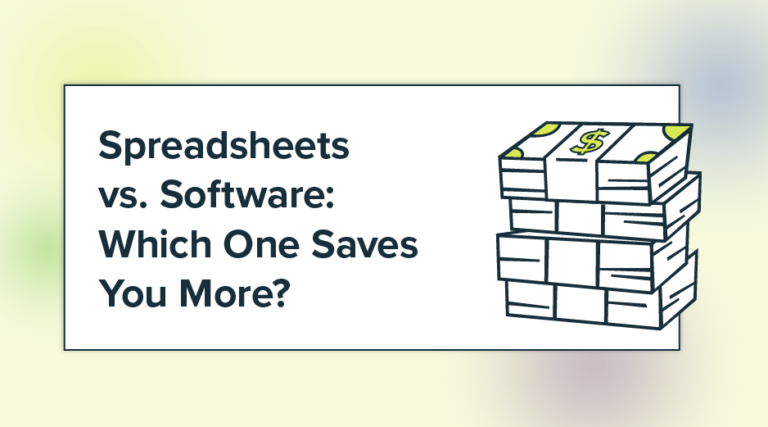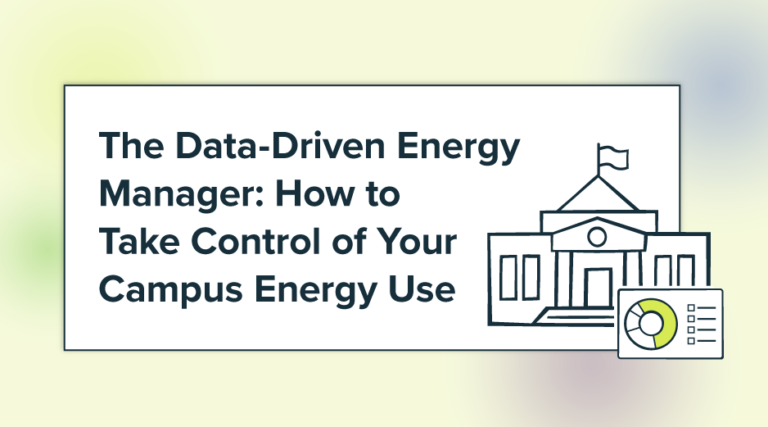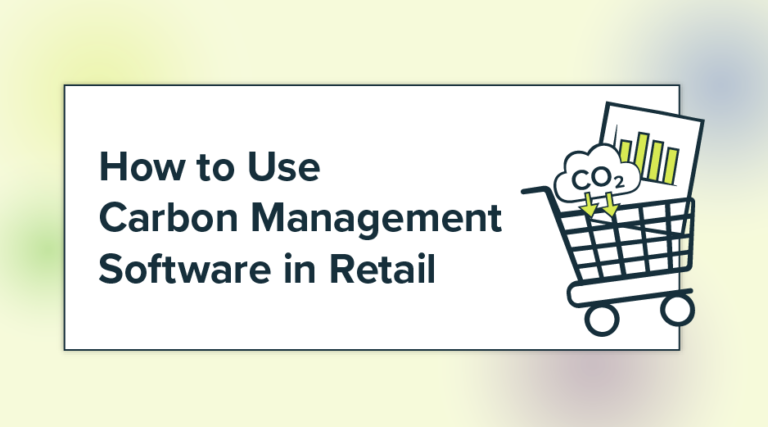This Q&A summarizes the content shared in the webinar Uncovering Waste: The Hidden Stories Your Utility Bills Tell. The session brought together energy experts from California State University Fullerton and UC San Diego to share their experiences in using utility data to uncover inefficiencies, save money, and optimize operations.
By leveraging tools like EnergyCAP, organizations can uncover hidden inefficiencies, save resources, and drive their sustainability initiatives forward.
Q1: How did your organizations previously manage utility data, and how has that evolved?
(watch at 07:32)
Markus Endter, Utility & Energy Analyst at CSU Fullerton, shared that when he started at CSU Fullerton in 2015, bills were manually entered into EnergyCAP, which delayed data analysis by 30 days or more. Today, the university uses electronic billing—Bill CAPture, interval data, and submeter data, enabling quicker access to granular information. This shift allows them to detect inefficiencies almost in real time rather than waiting a month for insights.
Carly Kupka, Campus Utilities & Energy Analyst at UC San Diego, explained that when she started, utility data management was entirely done in spreadsheets. One employee spent an entire month reading meters, creating bills, and assigning rates. After transitioning to EnergyCAP in 2018, the process now takes about a week. The time saved has enabled the team to focus more on sustainability reporting and energy savings initiatives versus data collection and entry.
Q2: How do you use utility data to identify waste and anomalies?
Markus shared a specific example involving a natural gas turbine engine (Trigen) on their campus. Maintenance schedules often coincided with high-demand periods, resulting in costly grid electricity usage during downtime. By analyzing utility bills, Markus was able to reschedule maintenance to low-demand times, saving the university up to $60,000 per event.
Carly recounted a situation where a vendor error resulted in a nearly $1 million water bill due to a leak on the vendor’s side of the meter. EnergyCAP flagged the anomaly instantly, enabling her team to negotiate a refund. She also noted that using interval data has helped the university identify and address water leaks in real time, saving over $200,000 in potential water loss since 2024.
Q3: What methods do you use to detect anomalies in utility data?
(watch at 18:24)
Markus explained that he starts by establishing a baseline, understanding operational hours, and using interval data to identify usage during off-hours. For example, a creeping increase in pool water usage indicated a leak. Presenting the data and financial implications to stakeholders led to a decision to drain and reseal the pool, addressing the issue.
Carly highlighted the use of EnergyCAP’s customizable audit flags, which automatically detect anomalies such as duplicate bills, abnormal costs, or usage. She shared that fine-tuning the flags has significantly reduced billing errors. Previously, errors often went unnoticed, but now the process is streamlined, making it much easier to identify issues.
Q4: How do you share savings and insights with stakeholders to secure support for energy projects?
(watch at 28:30)
Markus discussed using tools like Power BI, integrated with EnergyCAP, to create dynamic, interactive reports. This approach allows stakeholders to see real-time data and potential cost savings. For instance, Markus analyzed their Trigen system to demonstrate how its operation saved significantly more than switching to grid electricity.
Carly explained that she meets monthly with stakeholders to present tailored data. Her reports include comparisons of a department’s utility budget versus actual usage, highlighting areas driving variance. She also uses public dashboards to share energy data, making it accessible to students and other stakeholders.
Q5: What advice would you give to organizations just starting with utility data management?
Markus advised organizations to begin by establishing a baseline, using holidays or off-hours to identify expected minimal energy usage. Historical data is crucial, and he suggested aiming for collecting at least four years of data to start your organization’s utility data management optimization efforts.
Carly added that having a clear data hierarchy is essential. Specifically related to EnergyCAP setup, she emphasized the importance of nesting meters under buildings with zip codes to ensure accurate analysis and anomaly detection.
Q6: What are the benefits of using EnergyCAP compared to spreadsheets or other tools?
Carly noted that EnergyCAP automates the entire process, from bill uploads to reporting, saving significant time. She explained that the platform generates hundreds of pre-built reports and visualizations, reducing manual effort and enabling quicker decision-making.
Markus highlighted that features like Bill CAPture eliminate the need for manual data entry and automatically flag anomalies. He shared that this functionality has been instrumental in identifying cost-saving opportunities and ensuring data accuracy.
Q7: What role does utility data play in retro-commissioning and planning new buildings?
Markus described how utility data is critical for measurement and verification during retro-commissioning projects. At CSU Fullerton, they are using EnergyCAP Smart Analytics to validate efficiency improvements from new heat exchangers and other capital projects.
Carly shared that at UC San Diego, utility data plays a vital role in projecting loads for new buildings and retrofits. This data feeds into financial models, helping the university assess whether they can support growth without overburdening their central plant or budget.
Conclusion
Markus and Carly’s experiences showcased how well-organized utility data can identify waste, detect anomalies, and support strategic decision-making for maintenance, retro-commissioning, and new building planning. By leveraging utility data as a strategic asset, organizations can not only improve operational efficiency but also drive long-term energy and cost savings.
 Best-in-class portfolio-level energy and utility bill data management and reporting.
Best-in-class portfolio-level energy and utility bill data management and reporting.
 Real-time energy and sustainability analytics for high-performance, net-zero buildings.
Real-time energy and sustainability analytics for high-performance, net-zero buildings.
 A holistic view of financial-grade scope 1, 2, and 3 carbon emissions data across your entire business.
A holistic view of financial-grade scope 1, 2, and 3 carbon emissions data across your entire business.
 Energy and sustainability benchmarking compliance software designed for utilities.
Energy and sustainability benchmarking compliance software designed for utilities.


